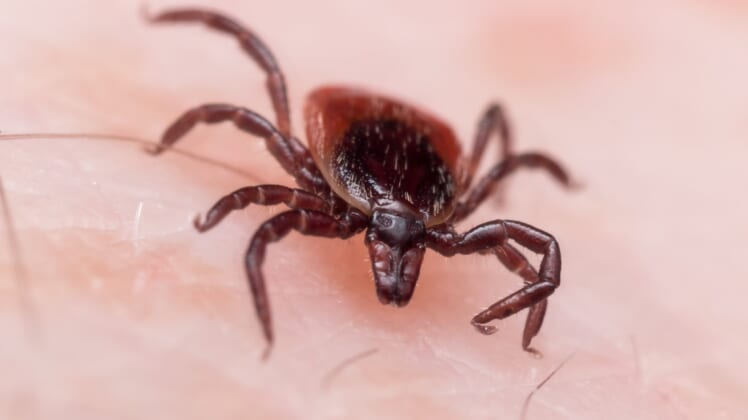
It’s spring again, and you might be spending more time in the great outdoors. While you’re out, though, don’t forget to protect yourself from Lyme disease. It’s more prevalent than you might think.
Lyme Disease on the Rise
Every year, the CDC (Centers for Disease Control and Prevention) hears about 30,000 reported cases of Lyme disease. However, the organization estimates that the actual number is far higher—as many as 300,000.
Why the huge difference?
Health departments simply can’t capture all the cases. They may have difficulty keeping up with reporting when tick season rolls around too.
At the same time, some people may get Lyme disease and not know it for months or years. This can cause dangerous complications as well as skewing the health burden of this disease until later.
Undoubtedly, it’s important that you get treatment for Lyme disease as soon as possible.
Signs and Symptoms of Lyme Disease
In Barbara Thorne’s case, she was thankful that her bout with Lyme disease ended well.
Barbara, who is an entomologist at the University of Maryland, didn’t expect to get the illness at her family reunion in Pennsylvania. But she had suspicions after receiving a bright red rash days later that kept expanding, reports NPR.
Barbara was able to get medication fairly quickly, and she overcame her Lyme disease in a few short months.
However, some people don’t catch the signs and symptoms until later. That’s because symptoms can mask themselves as the flu, causing fever, chills, and body aches.
According to the Mayo Clinic, other tell-tale symptoms of Lyme disease include:
- An expanding rash with a bullseye
- Flu-like symptoms
- Joint pain
- Neurological problems (if left untreated for a long period)
These neurological problems can include swelling in the brain or paralysis in the muscles. Some infections result in a fainter rash without the white spot in the middle. Others cause nausea, vomiting, fatigue or inflammation in the eyes.
Even though it’s summer and you don’t expect serious illnesses like this one, pay attention to abnormal symptoms. They may indicate an illness that needs immediate attention.
How to Protect Yourself
Of course, you can and should prevent Lyme disease through protection first. The CDC recommends avoiding or staying aware in areas where ticks live.
Lyme-infected ticks are most prevalent in the Midwest or Northeast United States. So you should take extra precautions when living in or visiting these areas.
In 2015, 95 percent of Lyme disease cases came from just 14 states in America. Those states included:
Connecticut, Delaware, Maine, Maryland, Massachusetts, Minnesota, New Hampshire, New Jersey, New York, Pennsylvania, Rhode Island, Vermont, Virginia and Wisconsin.
In addition, ticks like moist environments as well as grassy or wooded areas. Pay attention during hiking, camping, or anytime you’re walking through tall grass. Avoid these areas when possible.
Second, you can also avoid ticks by using DEET-containing insect repellant and clothing with ample coverage. In other words, use bug spray and consider wearing long sleeves and pants when spending time outdoors.
Finally, you should always check for ticks after being outside. Use a full-length mirror to check common areas such as under the arms, behind the ears, behind the knees and around the waist.
If you should happen to find a tick, remove it with tweezers close to the skin. Be sure to apply pressure evenly rather than quickly. Then, watch for the symptoms of Lyme disease over the next several days.
Should you go to a doctor? It’s not necessary unless you have an indication that you have contracted Lyme disease.
Also, don’t be afraid of ticks that you spotted after several hours. The Mayo Clinic says ticks would usually need to be attached for 36 to 48 hours for infection.
While risk for Lyme disease is prevalent, you can still enjoy the outdoors. Simple prevention of Lyme disease and checking the skin might be all you need to stay safe.
